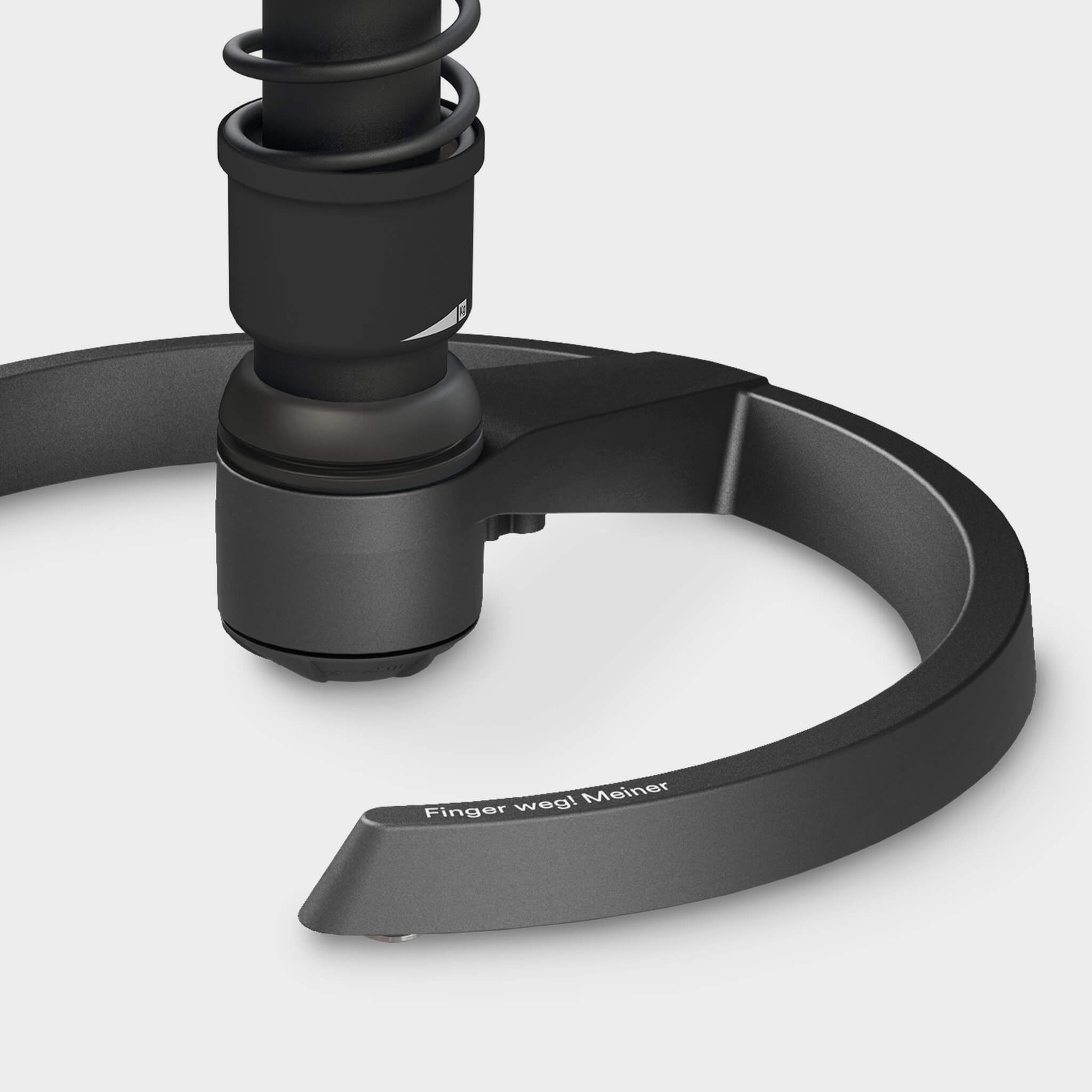Was ist Evolution?
Das Wort Evolution stammt vom lateinischen Wort evolvere ab, was „entwickeln“ bedeutet. In diesem Artikel betrachten wir die Evolution aus biologischer Sicht. Im biologischen Zusammenhang handelt es sich um die Veränderung und Entwicklung gewisser vererbbarer Merkmale, die sich von Generation zu Generation bei Lebewesen feststellen lässt. So lehrt die biologische Evolutionstheorie, dass alle Lebewesen oder Organismen – von der kleinsten Bakterie über Pflanzen bis zu Tieren und Menschen – von einem Einzeller abstammen. Und die Wissenschaft ist sich einig darüber, dass der Weg von jener Urzelle bis zum heutigen Menschen sehr wahrscheinlich über Affen und Steinzeitmenschen gelaufen ist.
Woher kommt die moderne Evolutionstheorie?
Schon einige Jahrhunderte vor Christus machten sich Philosophen Gedanken zur Entwicklung von Lebewesen und versuchten herauszufinden, woher der Mensch stammt bzw. wie er entstanden ist. Mitte des 19. Jahrhunderts wurden die Grundlagen der modernen Evolutionstheorie gelegt. Der wohl bekannteste Evolutionswissenschaftler ist Charles Darwin, der unter anderem in seinem vielbeachteten Buch „On the Origin of Species“ (Die Entstehung der Arten) seine Gedanken zur Entwicklung und Weiterentwicklung von Lebewesen vorstellte. Im Kern ging es Darwin darum, die Entstehung von Arten naturwissenschaftlich zu beweisen entgegen der Meinung vieler seiner Kollegen, die vieles auf göttliches Wirken zurückführten. Diesen Schöpfungsglauben nennt man übrigens Kreationismus. Auch, wenn Darwins Thesen zum Teil noch heute kontrovers diskutiert werden, steht fest, dass seine Evolutionstheorie die Basis für die heutige Biologie bildet.
Wie funktioniert Evolution?
Sehr vereinfacht dargestellt funktioniert Evolution durch Fortpflanzung und schließlich durch Anpassung eines Lebewesens an seine Umwelt. Der Wissenschaftler Herbert Spencer prägte den Ausspruch „Survival of the fittest“, den Charles Darwin später in sein Werk übernahm. „Fittest“ steht hierbei nicht für körperliche Stärke sondern Grad der Anpassung an die Umwelt. Ein gutes Beispiel dafür ist der Mensch. Auch, wenn wir unseren Vorfahren und unseren nächsten Verwandten, den Affen, immer noch sehr ähnlich sind, haben wir uns im Laufe der Generationen an unsere Umwelt und an gewisse Bedingungen angepasst. Als einziges Lebewesen haben wir einen aufrechten Gang. Offensichtlich war es für die Jagd einfacher und schneller, auch über lange Strecken auf zwei Beinen einer Beute hinterherzurennen als auf vier. Auch unsere Köpfe haben eine etwas andere Form als unsere Vorfahren, da wir mehr Platz für ein größeres Gehirn benötigen.
Diese Änderungen geschehen – zumindest beim Menschen – nicht innerhalb weniger Generationen, sondern dauern Millionen von Jahren.
Befindet sich der Mensch noch in Evolution?
Diese Frage stellt sich die Wissenschaft laufend und sie hat bislang keine Antwort darauf gefunden. Zumindest können Biologen und andere Naturwissenschaftler nachweisen, dass sich die genetische Vielfalt der Weltbevölkerung in den vergangenen 40.000 Jahren rasant entwickelt hat. Dies kann daran liegen, dass es immer mehr Menschen gibt. Das Klima wandelt sich. Wir haben es mit einer rasanten technischen Entwicklung zu tun. All das sind Fakten, die Einfluss auf eine Evolution von Tieren, Lebewesen und eben auch Menschen haben. Dennoch ist es gut möglich, dass der Mensch mehr oder minder „fertig“ entwickelt ist.
Was bedeutet technische Entwicklung für die Evolution des Menschen?
Der Mensch ist geboren für ein Leben in Bewegung. Unser gesamter Körperbau, unser Skelett, unsere Muskulatur und sogar unser Gehirn sind so gebaut, dass der Mensch insgesamt besser funktioniert, wenn er seinen Körper regelmäßig bewegt. Viele Bewegungsquellen sind uns allerdings im Laufe der Zeit abhanden gekommen. Wir müssen unsere Nahrung nicht mehr jagen – ja, nicht einmal mehr suchen.
Viele Arbeiten finden nicht mehr in der Bewegung statt sondern in stundenlanger bewegungsloser Haltung im Büro am Schreibtisch oder im Stehen. Und wenn wir uns doch bei der Arbeit bewegen, dann nicht mehr Bedürfnis-gesteuert, sondern nur minimal beim Tippen oder durch monotone Handgriffe am Fließband. Selbst Bewegungsmuffel stellen fest, dass ihnen die natürliche, intuitive Bewegung fehlt und dass einseitige Belastungen zu Rückenschmerzen führen können. Unabhängig von sportlichen Betätigungen in der Freizeit, können schon bei der Arbeit ergonomische Aktiv-Stühle oder Aktiv-Steh-Stühle von Aeris, welche die dreidimensionale Bewegung fördern, positive Effekte auf Körper und Geist haben.
